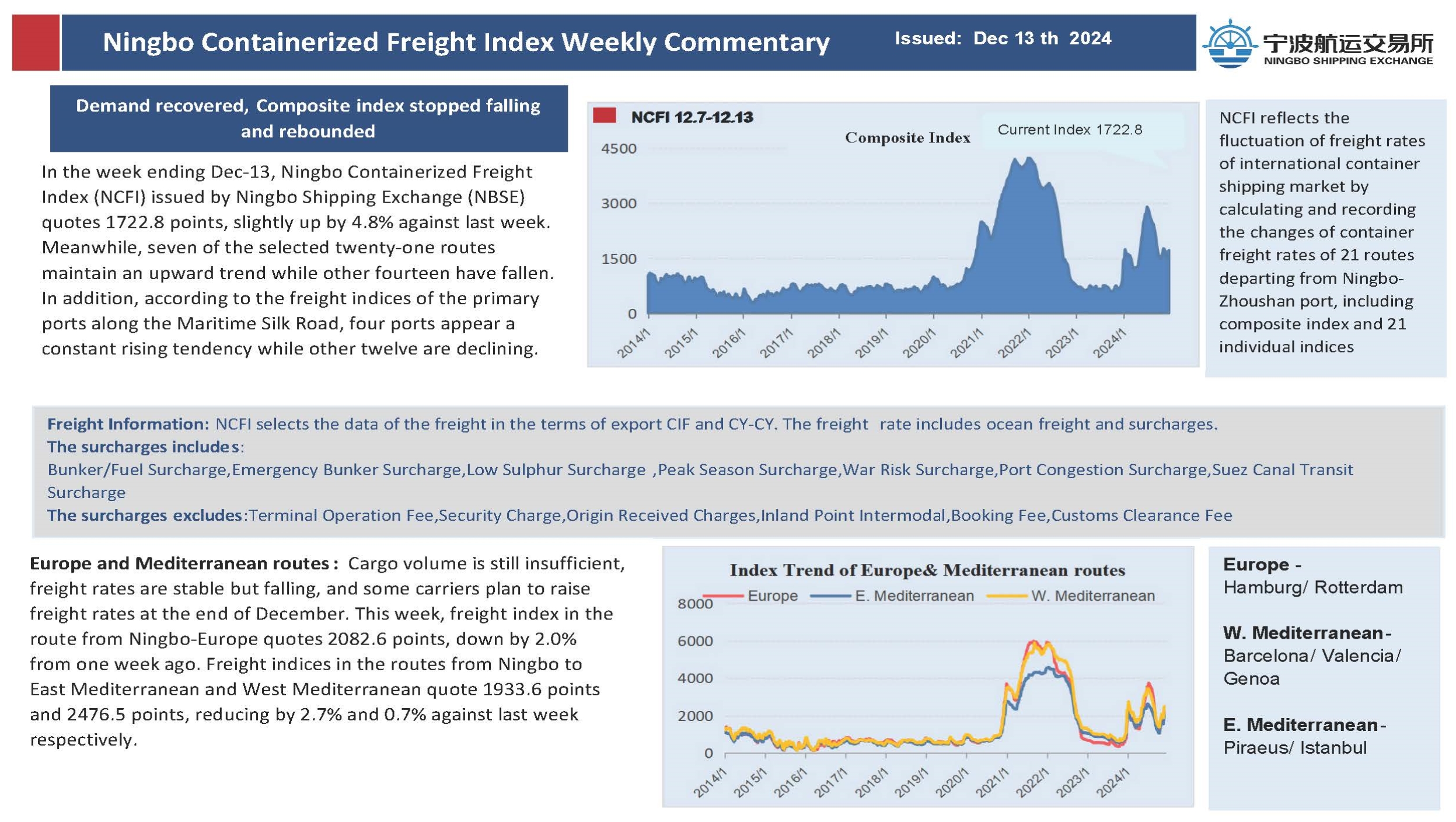
Shipowners have limited options to access financing for ship repair, given the capital-intensive nature of vessel repairs also represents a financial risk for shipyards, according to ship finance expert Ingmar Loges of UK-based shiprepair group Newport Shipping.
Loges, who joined Newport in early 2020 as Managing Director for the Hamburg office, has a 25-year track record in ship finance having served as global head of shipping and offshore finance with leading financial institutions.
Money tight
Typically, a shipowner must fund the entire capital cost of a vessel repairs from its own cash resources, although it may in exceptional cases be able to source a short-term loan from a bank or other financial institution to ensure repairs are carried out, according to Loges.
“If banks grant a loan, it is because they are already in possession of the first mortgage collateral of the vessel and they want to make sure that the vessel stays operational, as well as for value preservation,” he explains.
Shipowners normally may be able to secure a discount on the total price of repairs in initial contract negotiations with the shiprepair yard to reduce their financial exposure, though this is usually with 100% of the cost falling due on redelivery of the vessel.
Loges believes key considerations in the competitive bidding process are what the shipyard can offer in respect of payment terms and price competitiveness, as well as a reputation for quality work and getting the job done on time.
Shipyards have been willing to offer more favourable payment terms for repeat clients with which they have a close relationship, typically with 40% to 50% of the final invoice to be paid on redelivery and the remainder due within a maximum of six months after departure of the vessel from the shipyard.
Risk versus reward
“In the case where an owner always goes to more or less the same shipyard or shipyard group and has a good track record, then it might gain a higher overall discount on the final invoice and better payment terms,” Loges says.
While such a payment deferral scheme can be seen as a marketing tool to attract the right client amid fierce competition among shipyards, Loges points out “the shipyard also runs a risk of not getting paid in full and on time” and therefore “risk can outweigh the reward”.
“It’s quite simple: the shipyard is financing the owner over a certain period. In order to do this properly the shipyard needs a risk strategy. I have my doubts that this is the case with most of the repair yards taking into account the short-term outlook of most of the contracts.,” he says.
“Cash flow is as important for the shipyard as for the shipowner. In a normal situation, yards only give very short payment terms, if they give it at all, and you need to be a strong shipowner to get such treatment.”
Protecting cash flow
Based on a clear need for more flexible financing terms for shiprepair work, Newport has implemented a deferred payment scheme that enables clients to defer up to 60% of the total final invoice over a period of up to 24 months after redelivery.
This so-called ‘pay-as-you-earn’ scheme, which requires no collateral, letters of credit or other bank guarantees, also includes ‘all-in-one’ invoicing to Newport as single contracting party that covers all costs of equipment, spare parts, paint and other items.
At the same time, Newport has in place a credit rating system to assess counterparty, asset and market risk that enables it to determine payment terms based on the client’s credit profile, as well as legal safeguards to ensure final payment.
Loges says payments can be deferred for 24 months provided the project is “rock solid with a first-class project rating”.
He adds that, in most of its transactions over the past 12 months, Newport has offered a deferred payment of 50% to 60% of the total cost over a period of 12 to 18 months.
“Within our deferred structure, there is no need for collateral or mortgage on the vessel, which frees up working capital for shipowners,” he explains.
“And, by minimising cash outlay, this gives shipowners earnings uplift from vessel operations post-redelivery to protect cash flow and their bottom line.”
The opinions expressed herein are the author's and not necessarily those of The Xinde Marine News.
Please Contact Us at:







